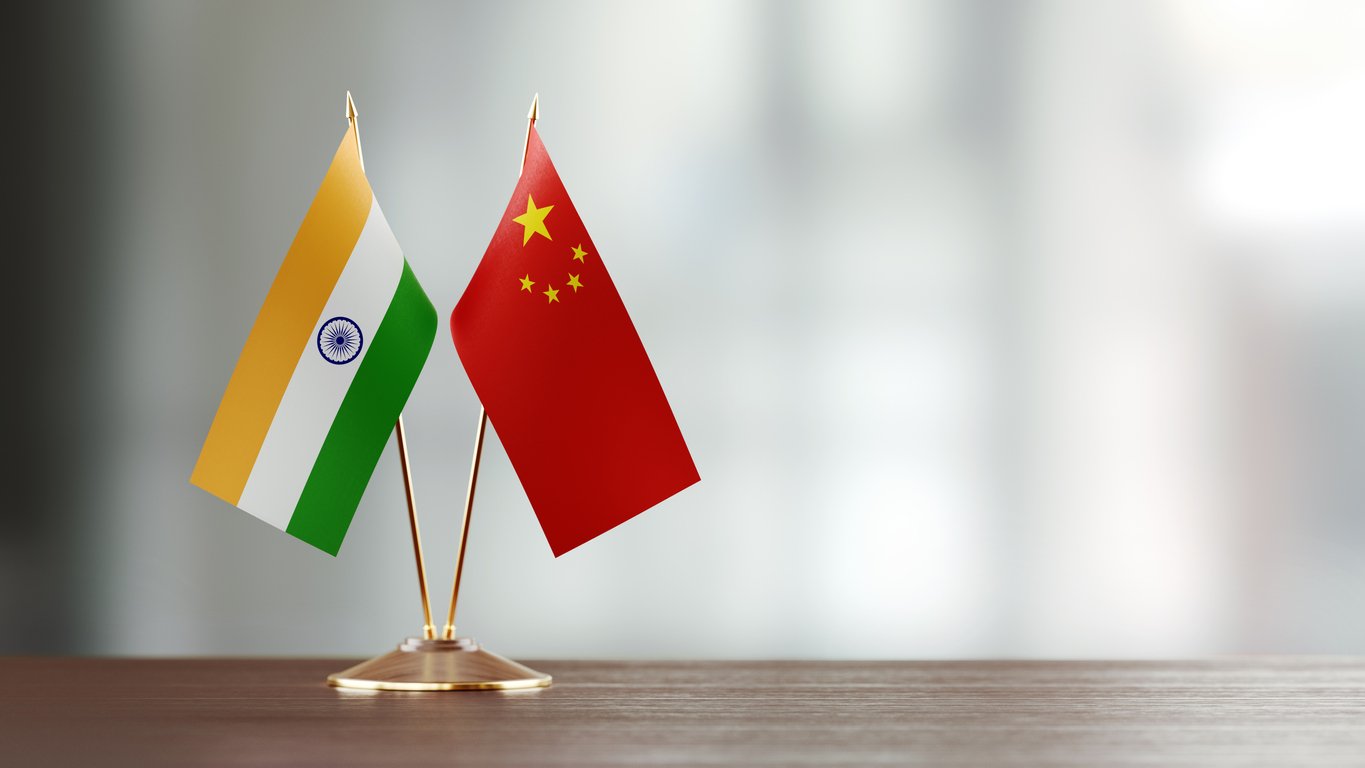India has also conveyed to China that it would also not enter into any bilateral arrangement that might infringe upon its sovereign right to build such infrastructure along the Line of Actual Control (LAC) – the de facto border between the two nations.India is apparently keen to send out a message to China with its latest move to speed up construction of infrastructure in the border areas although works on some projects had slowed down over the past few weeks due to lockdown enforced to containment zones
The Ladakh roads that would give India better access to areas close to the LAC are included among these dozen. The work of four of them has been completed. These roads are also among the 73 Indo-China Border Roads identified by the China Study Group
Tension on the north bank of the Pangong Tso lake escalated on May 5 when the Chinese PLA attacked Indian Army soldiers with sticks and stones in an area perceived in New Delhi to be well within the LAC’s Indian side. They also demolished on May 6 some makeshift structures built by Indian Army soldiers.
The Chinese PLA followed up by building a bunker in order to restrict the access to an area where Indian Army soldiers regularly patrolled. The PLA later deployed nearly 5000 soldiers in a large camp set up recently at Galwan Valley within the territory claimed by China – obviously to support the smaller number of troops, who transgressed the LAC in several locations and entered into the areas claimed by India. The Indian Army also rushed additional troops “in adequate numbers” of troops, who transgressed the LAC in several locations and entered into the areas claimed by India. The Indian Army also rushed additional troops “in adequate numbers” in response to the deployment by the Chinese PLA. The build-ups by both sides escalated tension along the LAC and the military officials and diplomats of both sides are now holding discussions to defuse the situation.
Google Search for Web:
Kajal Agrawal
Error validating access token: Session has expired on Sunday, 31-Mar-24 00:00:14 PDT. The current time is Friday, 18-Apr-25 07:51:52 PDT.
Amid border tension, India sends out strong message to China Featured
Super User
01 जून 2020
 Though talks are on to defuse tension along the disputed boundary between India and China in eastern Ladakh, New Delhi has dug its heels in and conveyed to Beijing it would not suspend its ongoing projects to build roads and bridges in the border area.
Though talks are on to defuse tension along the disputed boundary between India and China in eastern Ladakh, New Delhi has dug its heels in and conveyed to Beijing it would not suspend its ongoing projects to build roads and bridges in the border area.
Read 3064 times
Published in
Frontpage
Latest from Super User
- US Student Visa Revoked: Several Harvard students lose their visas, could face deportation
- Pakistan army crosses LoC in Jammu and Kashmir's Poonch, opens fire, India retaliates
- Saudi Arabia Support Sudan in civil war
- China blocks its firms from investing in US ahead of trade war escalation
- Former Pakistani PM Nominated for Nobel Peace Prize































